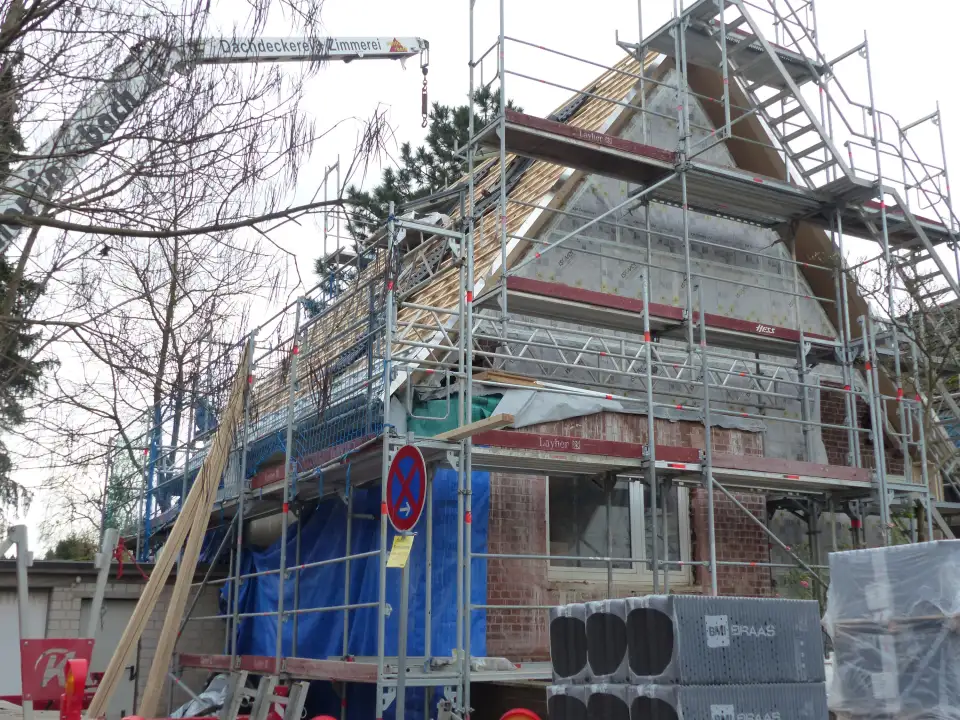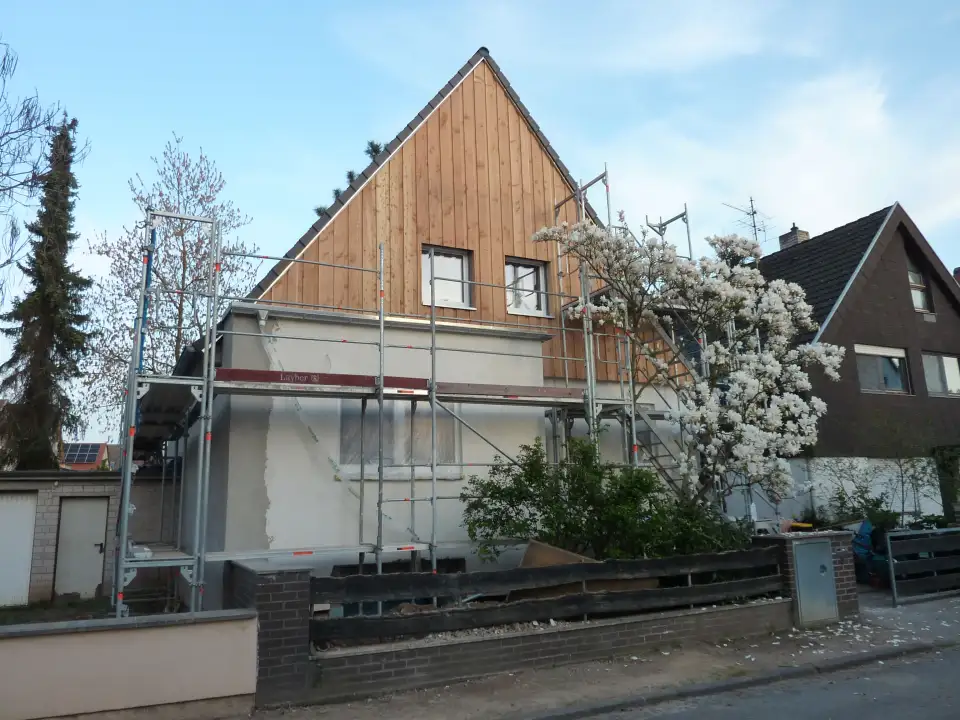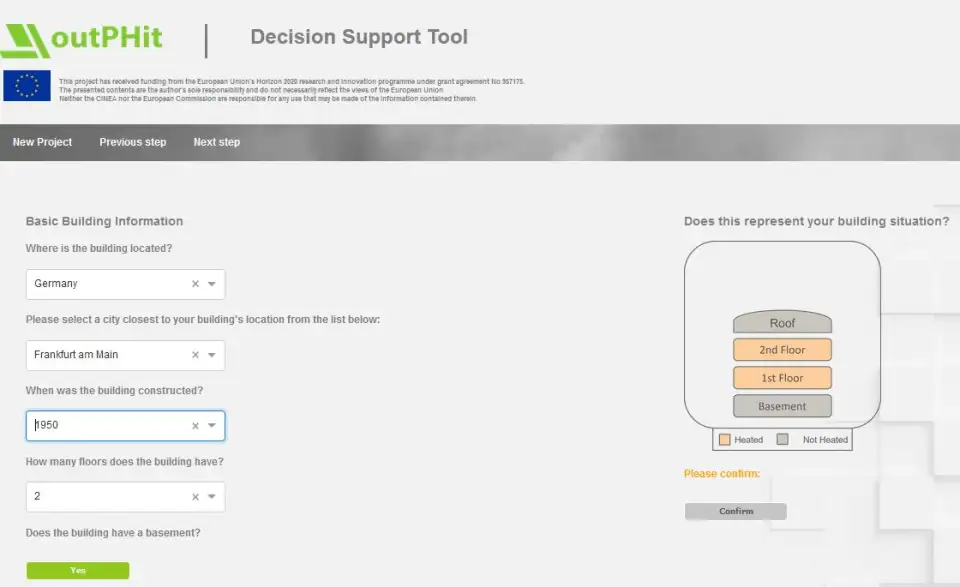The planning phase is perhaps the most integral part of any deep renovation project. It is when all the important decisions are made, and it can help create a roadmap for success by setting overarching objectives and performance goals while clearly articulating every step of the project from day one.
To help support building owners during this critical stage in the project, the Passive House Institute (PHI) has released the Decision Support Tool, a web-based tool that provides guidance on energy-efficient renovation and allows users to compare a multitude of retrofit concepts as they apply to the project underway. The Decision Support Tool makes it easier for teams involved in the construction process to find the best-suited retrofit concept for their building early on in the planning phase. It also helps to support one of the primary goals of the outPHit project, which is to facilitate rapid deep energy retrofit solutions.


